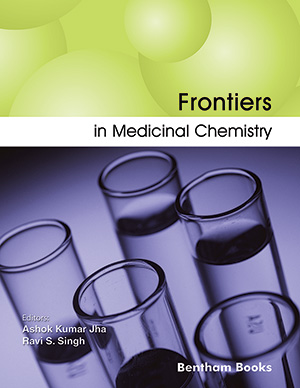Abstract
EGFR is the cell-surface receptor. Its overexpression or overactivity has been associated with a number of cancers, including breast, lung, ovarian, and anal cancers. Many therapeutic approaches are aimed at the EGFR. A series of 2, 7-diamino-thiazolo [4,5-d] pyrimidine analogues are among the most highly potent and selective inhibitors of EGFR described to date. For in-depth investigation into the structural and chemical features responsible for the binding recognition mechanism concerned, as well as for exploring the binding pocket of these compounds, we performed a series of automated molecular docking operations. It was revealed that the binding site consisted of three main areas (P1, P2 and P3) composed of most of the hydrophobic amino acids able to accommodate the lipophilic arms of the compounds investigated. However, the solvent interface did not make much contribution to the binding of the inhibitors. The presence of residues Met793 and Asp855 may also be responsible for the binding recognition through H-bond interactions, with Phe856 through a T-shape π-π stacking interaction. The interaction model and pharmacophore of EGFR inhibitors were derived that can be successfully used to explain the different biologic activities of these inhibitors. Moreover, the docking results were quite robust as further validated by molecular dynamics. It is anticipated that the findings reported here may provide very useful information or clue for designing effective drugs for the therapeutic treatment of EGFR-related cancer.
Keywords: EGFR, cancer, tyrosine kinase inhibitors, molecular docking, molecular dynamics, binding mechanism, cell-surface receptor, 2, 7-diamino-thiazolo [4,5-d] pyrimidine analogues, binding site, hydrophobic amino acids, H-bond interactions, stacking interaction, EGFR inhibitors, extracellular ligand binding region, transmembrane segment, intracellular kinase domain, phosphorylation, cell proliferation, tissue homeostasis, tumorigenesis, oncogenic activity, monoclonal antibodies, ectodomain-binding domain, Cetuximab, Matuzumab, Panitumumab, Gefitinib, Erlotinib, La-patinib, anti-cancer drugs, anti-EGFR drugs, X-ray crystallography, drug design, diffusion-controlled reaction, cellular responding, bio-macromolecular internal collective, membrane protein type predic-tion, protease type prediction, protein cleavage site prediction, signal peptide prediction, EGFR-related cancers, Gasteiger charges, Lamarckian genetic algorithm (LGA), docked energy, AMBER force field, SHAKE algorithm, particle mesh Ewald method, crystallographical structure, binding free energy (Ebinding), biologic activity, ATP binding, hydrophobic interactions, thiazolopyrimidine ring, steric effect, competitive inhibitors, allosteric transition, intercalation of drugs, pro-tein-ligand complexes, solvent interface




























